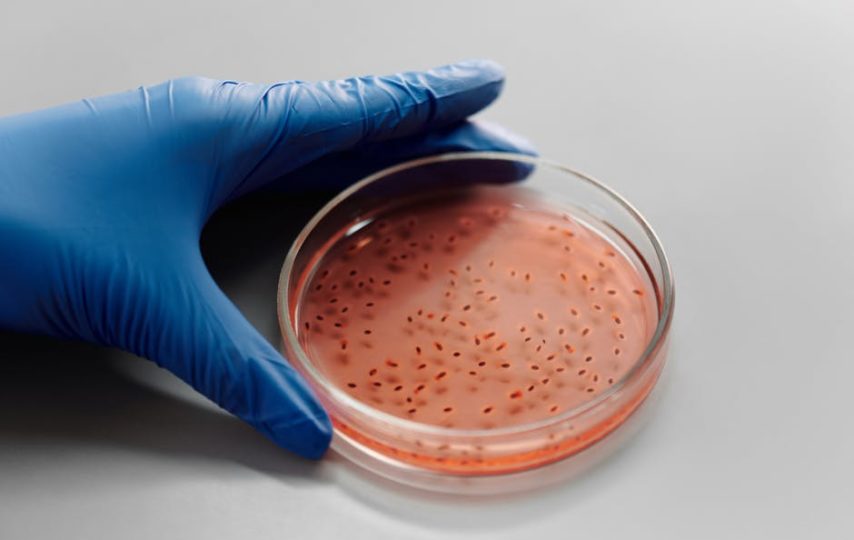With 30,000 different species of bacteria, the correct identification of unknown bacteria requires specific testing methods. These methods may range from where the bacteria live to what they look like or how they react to certain stimuli.
Doctors and scientists need to identify bacteria since many types can make people, plants, and animals sick. If they do not know the strain of bacteria, they cannot provide the right treatment.
Check out these 3 common methods used in bacteria identification to understand how it works.
1. Agar Media
Scientists first began using agar media to cultivate and identify microbes in the 1880s, thanks to Angelina Hesse. They observed how the various colonies formed and took note of their unique characteristics.
Through trial and error of different combinations of nutrients with the agar, they identified two types of media that worked best: selective and differential media.
Selective Media
Selective agar media uses nutrients that inhibit the growth of one type of organism while encouraging the growth of another.
The nutrients vary depending on the organisms tested. Selective media also stops the growth of bacteria based on other factors like amino acid composition and pH.
Differential Media
Differential agar media allows for the growth of many bacteria species that have distinct colors and patterns. Scientists can then identify the bacteria based on the visual characteristics.
The most commonly used type of differential media is blood agar made of 5-10% horse or sheep blood. Streptococcus bacteria species only grow in blood-based agar.
Other specific tests using agar media can help distinguish between closely related bacterial species. For example, the sophisticated FAME analysis used by midilabs.com can help you identify similar strains of bacteria in the Pseudomonas and Bacillus groups.
2. Shapes and Arrangements
Another common method for the identification of bacteria is using a microscope to observe the physical characteristics of the bacteria’s cells. The main ways are by their shapes and arrangements.
Shapes
Bacteria exist in various kinds of shapes:
- Bacilli – shaped like a rod
- Cocci – shaped like an oval or circle
- Spirilla – shaped like a curved spiral
- Vibrios – shaped like a twisty spiral
- Spirochete – shaped liked a twisty spiral and flexible
A certain type of bacteria called pleomorphic bacteria appears in distinct shapes like stars and squares as well.
Arrangements
Scientists classify bacteria based on their cell formation patterns. For example:
- Diplo – two cells
- Staphylo – irregular clusters that look like bunches of grapes
- Strepto – chains
- Tetrad – groups of four cells arranged like a square
- Sarcina – groups of eight cells arranged like a cube
So, a staphylococci bacterium is an oval or circle-shaped bacterium arranged to look like a bunch of grapes.
3. Staining
Finally, scientists will stain microbial samples with chemicals to enhance their different features and aid in the identification of unknown bacteria and other organisms. The types of staining are Gram, endospore, and Ziehl-Neelsen.
Gram Staining
Gram staining helps classify bacteria by what makes up their cell wall. Gram-negative bacteria appear pink or red while gram-positive appear violet.
Endospore Staining
Endospore staining determines the presence of endospores in the sample. Scientists use mixtures of malachite green with various solutions to create a stain that works with the difficult-to-dye endospores.
Ziehl–Neelsen Staining
The bacterium that causes tuberculous (Mycobacterium tuberculosis) cannot be Gram-stained. It requires a special kind of staining using carbol fuchsin with methylene blue.
Interested in Bacteria Identification? Try Learning Other Fun Microbiology Facts
Did you find learning about bacteria identification fun? It’s interesting to imagine what’s happens at the micro-level of life.
There’s much more to microbiology than just bacteria. So don’t stop there!
Try exploring other fun microbiology facts by reading the rest of our blog. You never know what you may learn!













